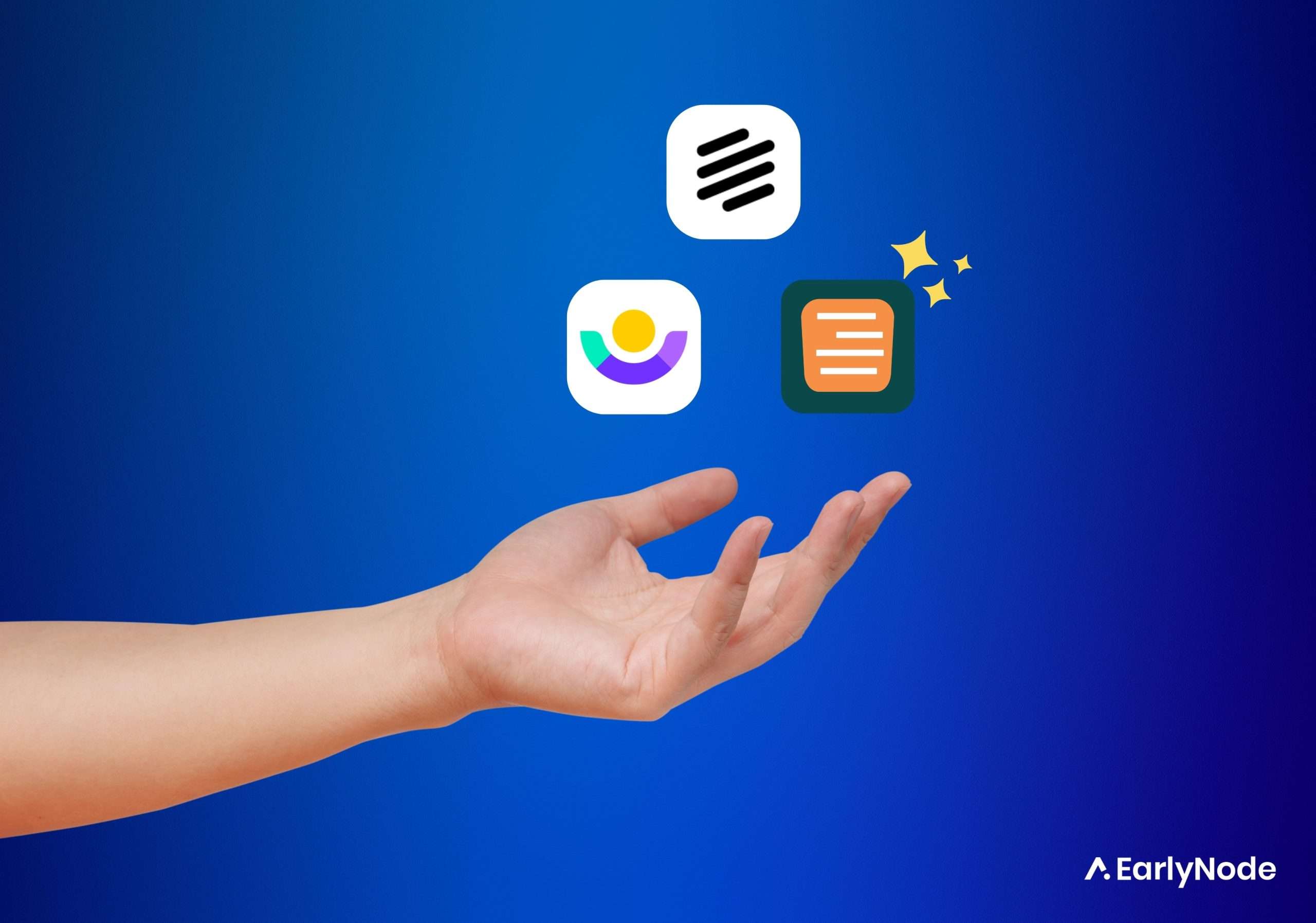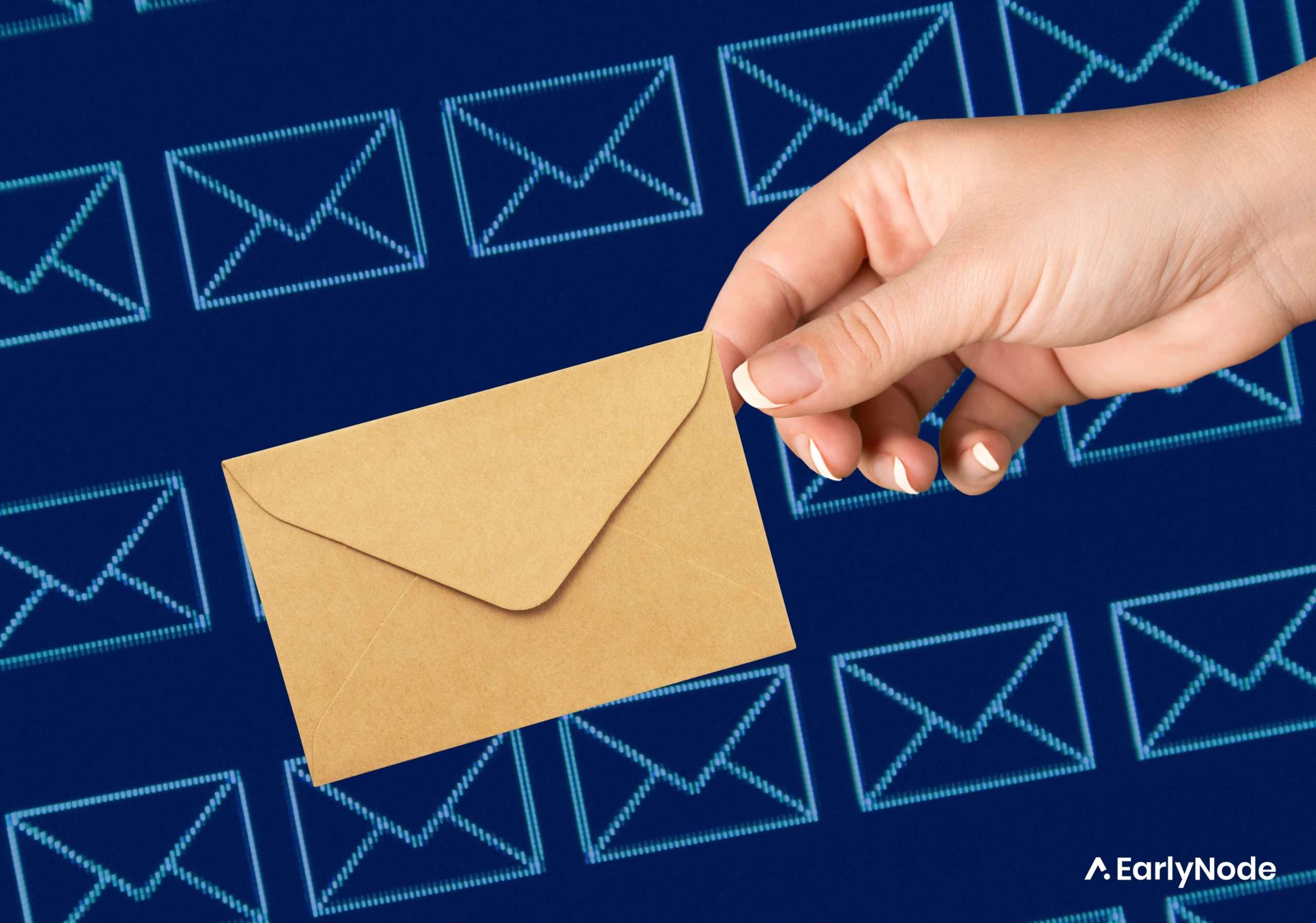What is Product Messaging? (Step-by-step framework + examples)
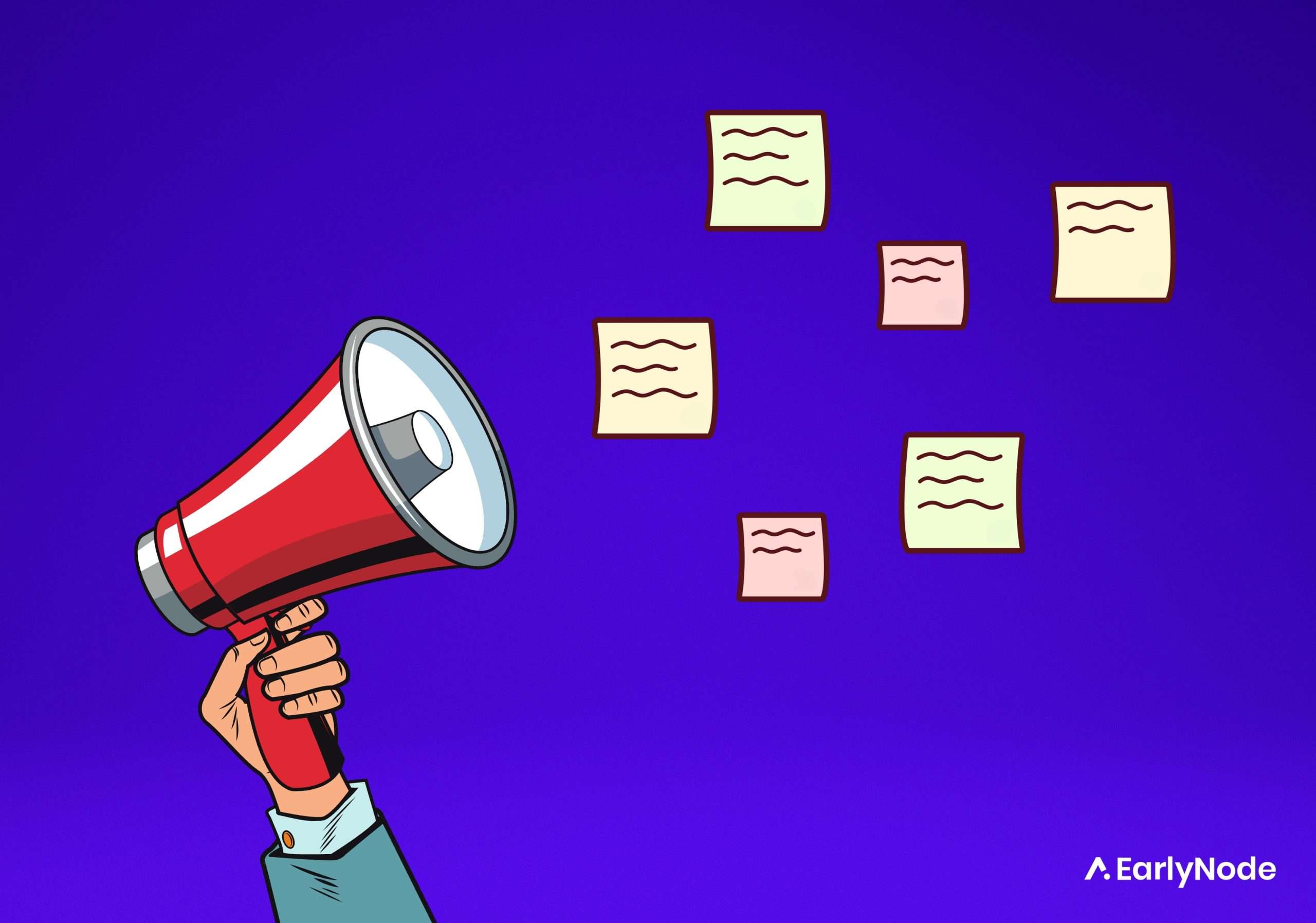
TL;DR
- Product messaging is about communicating the value of your product to your audience – it’s the story that hooks your customers.
- You can use techniques like customer-centric messaging, storytelling, and consistency to convey your product’s features compellingly.
- A product marketing messaging framework helps you create consistent and impactful messages, including components like target audience, value proposition, differentiators, tone and style, and message consistency.
- Highlight your product’s unique features, provide social proof, include a clear call-to-action, maintain consistency across channels, and measure and iterate your messaging.
- Keep your product messaging updated, especially when your product changes or gains new features, and constantly review and update your messaging to ensure its effectiveness.
Product messaging is your language, it’s your vibe, it’s the way you’re showing off what your product is all about – its value. It’s not just about the big words or the fancy jargon. It’s about how you highlight your product’s key features and its ability to solve pain points.
It’s about crafting a story that’ll pull in your potential customers, get them hooked, and convince them that what you’ve got is what they need.
Product Messaging Techniques
You can use a number of messaging techniques to communicate with your audience:
Customer-Centric Approach
Tailor your messaging to resonate with your target audience. Understand their pain points, needs, and aspirations, and frame your messaging around how your product addresses those specific challenges and delivers the desired results.
Translate Features into Benefits
Instead of solely focusing on product features, translate those features into meaningful benefits for customers. Highlight how each part solves a problem, improves efficiency, saves time, or enhances the overall experience.
Storytelling
Create a compelling narrative around your product with storytelling techniques. Craft stories that showcase customer success, testimonials, or experiences to show how your product transforms lives and solves big problems.
Emotional Appeal
Tap into the emotional aspect of your target audience by emphasizing how your product can easily make them accomplish their day-to-day activities. Connect with their desires, aspirations, and emotions to create a stronger connection.
Differentiation
Communicate what sets your product apart from competitors. Highlight unique features, or functionalities, that make your product stand out. Showcase your competitive advantages to convince customers to choose you over others.
Simplicity and Clarity
Keep your messaging simple, concise, and easy to understand. Avoid jargon or technical language that may confuse potential customers. Use plain language that shows the benefits and value of your product.
Visual Elements
Use visual elements such as infographics, images, or videos to spice up your product messaging. Visuals help simplify complex concepts, reinforce key messages, and capture and sustain user attention in a visual-first world.
Consistency Across Channels
Ensure consistent messaging across all marketing and communication channels. Whether it’s your website, social media, emails, or sales collateral, have a unified message that reinforces your product’s core value proposition and key benefits.
By employing these product messaging techniques, you can effectively communicate the value of your product, engage your target audience, and drive interest and conversions.
Why is Product Messaging Important?
Your message determines how people perceive your product. The right message communicates your product’s value, helping prospects understand how it solves their problems.
Your messaging provides strategic guidance to PR teams, marketing communications, and content teams and ultimately helps your sales team thrive. And when everyone speaks the same language, it amplifies the impact of your message and is recognized across all channels.
Having a good message when creating a marketing campaign is important. With a cohesive message throughout your content and communication channels, you’ll build a strong foundation for lead conversion.
Messaging vs. Positioning
Product messaging is communicating your product’s features and messages to your users through compelling storytelling, whereas product positioning is how you differentiate your product on the market from the rest, showcasing its unique benefits from that of the competitors.
Examples of Effective Product Messages
Here are three examples you can pick inspiration from:
1. Slack
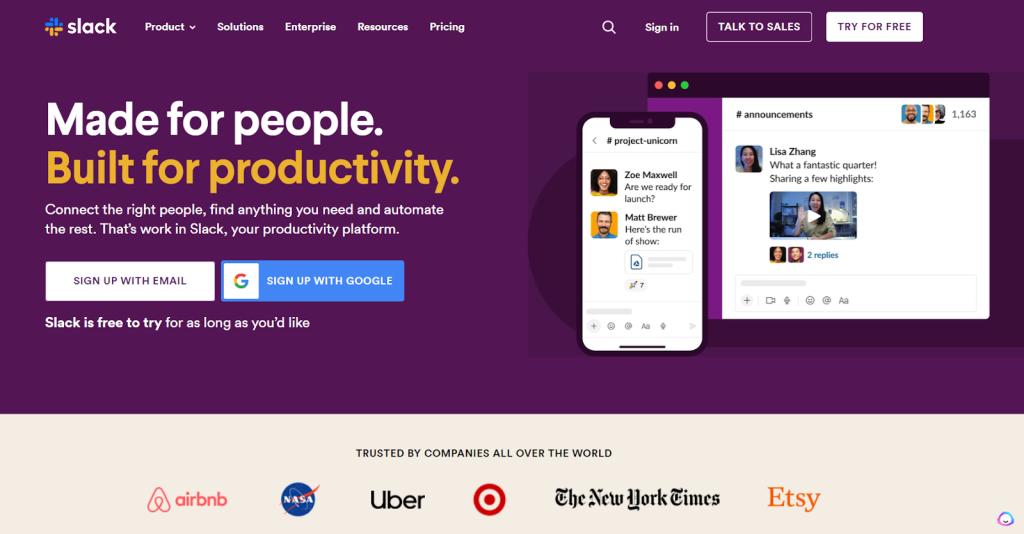
Message focus: streamlined team communication and collaboration.
Slack’s message focuses on the ability to connect teams, streamline communication, and enhance productivity.
It positions Slack as a solution to the challenge of scattered emails and inefficient collaboration, making it ideal for team-based work environments. They usually adopt humor and playfulness whilst keeping the message simple and clear.
2. Dropbox
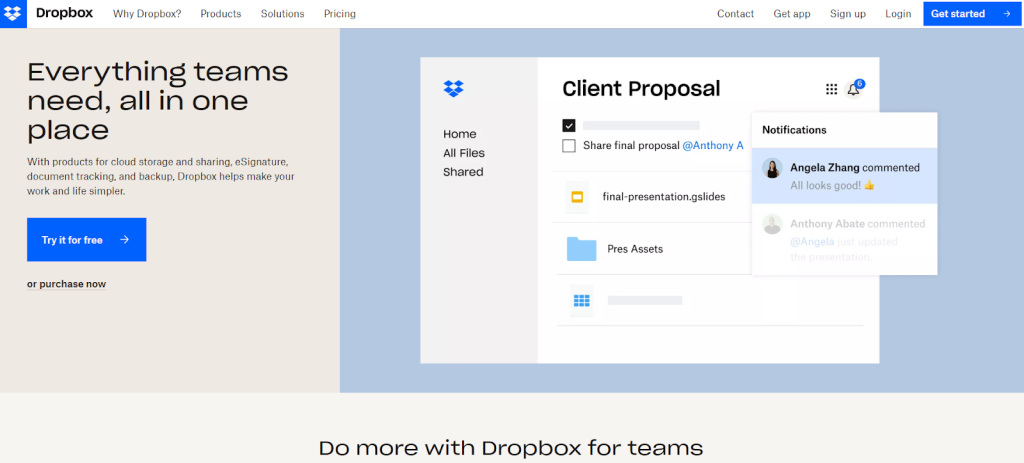
Message focus: convenient and secure cloud storage.
Dropbox’s message highlights the accessibility and convenience of accessing, sharing, and collaborating on files from anywhere.
It positions Dropbox as a solution to the need for reliable and secure cloud storage, replacing the traditional reliance on USB drives or physical storage devices. They use visuals and storytelling to pass their message.
3. HubSpot
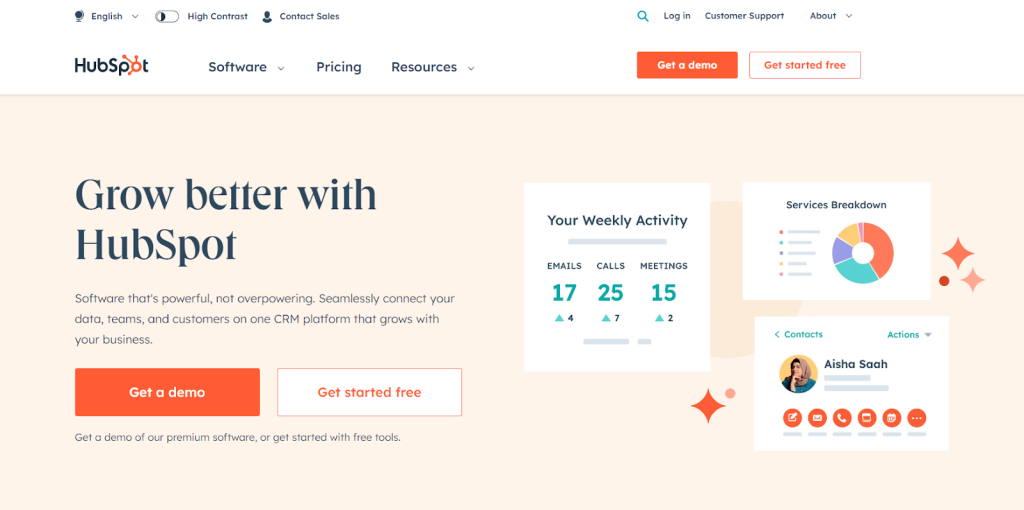
Message focus: All-in-one platform for business growth and customer satisfaction.
HubSpot’s message emphasizes the comprehensive nature of their platform, encompassing marketing, sales, and customer service functionalities.
It positions HubSpot as a solution for simplifying these areas and enhancing business growth while focusing on delivering exceptional customer experiences. They also adopt visuals to keep their message concise and clear.
In each case, the product messages emphasize each product’s unique value proposition and the problem it solves, whether it’s enhancing team collaboration, providing convenient file storage, or offering a comprehensive business solution.
What is a Product Marketing Messaging Framework?
A product marketing messaging framework is like a secret sauce for getting your message heard loud and clear.
It helps you develop consistent and impactful messages about your products. Also, it’s like a blueprint to create a strong message that explains your product’s value and uniqueness.
The framework typically includes the following components:
Target Audience
It clearly defines the specific audience or customer segment the product targets. This includes understanding their needs, pain points, motivations, and preferences.
Value Proposition
A compelling product narrative involves communicating its unique value to the target audience. This includes identifying key benefits, showcasing competitive advantages, and creatively solving problems.
Differentiators
It is identifying the unique features, capabilities, or qualities that set the product apart from competitors. This includes highlighting the aspects that make the product superior or more desirable in the eyes of your target audience.
Tone and Style
It is defining the appropriate tone and style of communication that align with the brand and resonate with the target audience. This includes considering factors such as brand personality and industry norms.
Message Consistency
Ensure consistency and coherence in messaging across various marketing channels and touchpoints. This involves aligning messaging with other marketing efforts, such as advertising, website content, social media, and sales collateral.
How to Create Product Messaging
Show off your product
As you get to know your users, you’ll discover more about the companies they work for. This can help you refine your messaging to address their specific pain points. Once you’ve pinpointed your target audience and the unique value of your product, craft your messaging by demonstrating how it will improve their lives.
Demonstrate your value
Once you’ve honed in on your product’s core value, it’s time to show customers how it can change the game for them. You can do this by demonstrating precisely how your product can help them. Many SaaS companies use this tactic to succeed – employing their products to showcase their value.
Find a group of beta testers to be your case study and provide you with honest feedback. Use that feedback to refine your product message.
Develop buyer personas
Identify customers and businesses that can benefit from you by understanding your target audience needs. Creating buyer and user personas based on these insights enables tailored messaging to resonate with the audience.
Knowing the decision-makers and factors that influence purchasing decisions helps drive conversions, while refining the ideal customer profile based on successful company experiences helps you target the right customers.
Put it all together
After determining the value of your product and identifying your target audience, you can use this information to refine your product messaging. Begin by outlining the reasons why a potential customer should purchase your product, emphasizing its core value.
You then need to demonstrate how your product’s features and benefits address the customer’s pain points.
Crafting your value proposition can be a tricky task. Different audiences require different approaches, but your core message should always remain constant, regardless of the benefits you’re highlighting.
Know your audience
Take the time to understand your target audience. What are their needs, pain points, and desires? Tailor your messaging to address these specific aspects and speak directly to their interests.
Highlight unique features
Identify your product’s unique features and advantages that set it apart from competitors. Focus on the key benefits users will experience and emphasize why they should choose your product over others in the market.
Use clear and concise language
Keep your messaging clear and straightforward, avoiding unnecessary jargon or complex terms. Create a sense of urgency and use active voice to make the writing more compelling. Shorten wordy phrases to maintain a concise and engaging tone.
Tell a story
Storytelling is a powerful tool for in-product messaging. Create narratives that illustrate how your product solves a problem or improves your customers’ lives. Use metaphors or visual language occasionally to add depth and appeal to your content.
Provide social proof
Use testimonials, case studies, or user-generated content to demonstrate your customers’ positive experiences. This social proof adds credibility and helps build trust with your audience.
Call-to-Action
Tell your readers the next steps they can take with your product. Whether it’s making a purchase, signing up for a trial, or contacting your sales team, provide a compelling call-to-action that motivates them to take that action.
Consistency across channels
Ensure that your product messaging is consistent across different marketing channels. Whether it’s your website, blog, social media, or email campaigns, maintain a cohesive brand voice and reinforce the core value propositions of your product.
Measure and iterate
Continuously monitor the impact of your product messaging on your audience. Analyze engagement metrics, conversion rates, and customer feedback to refine and optimize your messaging strategy over time.
Remember, effective product messaging is about communicating the value and benefits of your product in a way that resonates with your audience. By following these guidelines, you can create compelling content that captures attention, drives engagement, and ultimately leads to conversions.
How to keep your messaging up to date
Keep your product’s story fresh to maintain interest. If your engagement is struggling, it may be worth revisiting your story to ensure it still resonates with people.
To do this, review your numbers and customer feedback every quarter to determine what’s working and what’s not. If your sales are not performing well, consider updating your story or boosting your sales team’s confidence in the product.
When your product undergoes changes or gains new features, incorporate those updates into your message to attract new users and stand out from competitors.
Remember, every interaction with customers, whether through marketing emails or sales pitches, is an opportunity to make a positive impression with your product.
By continually evaluating how your roadmap affects your product’s position and messaging in the market, you can avoid misunderstandings. Remember to review assets like your website and sales presentations, updating the messaging when necessary to stay on top of your game.

